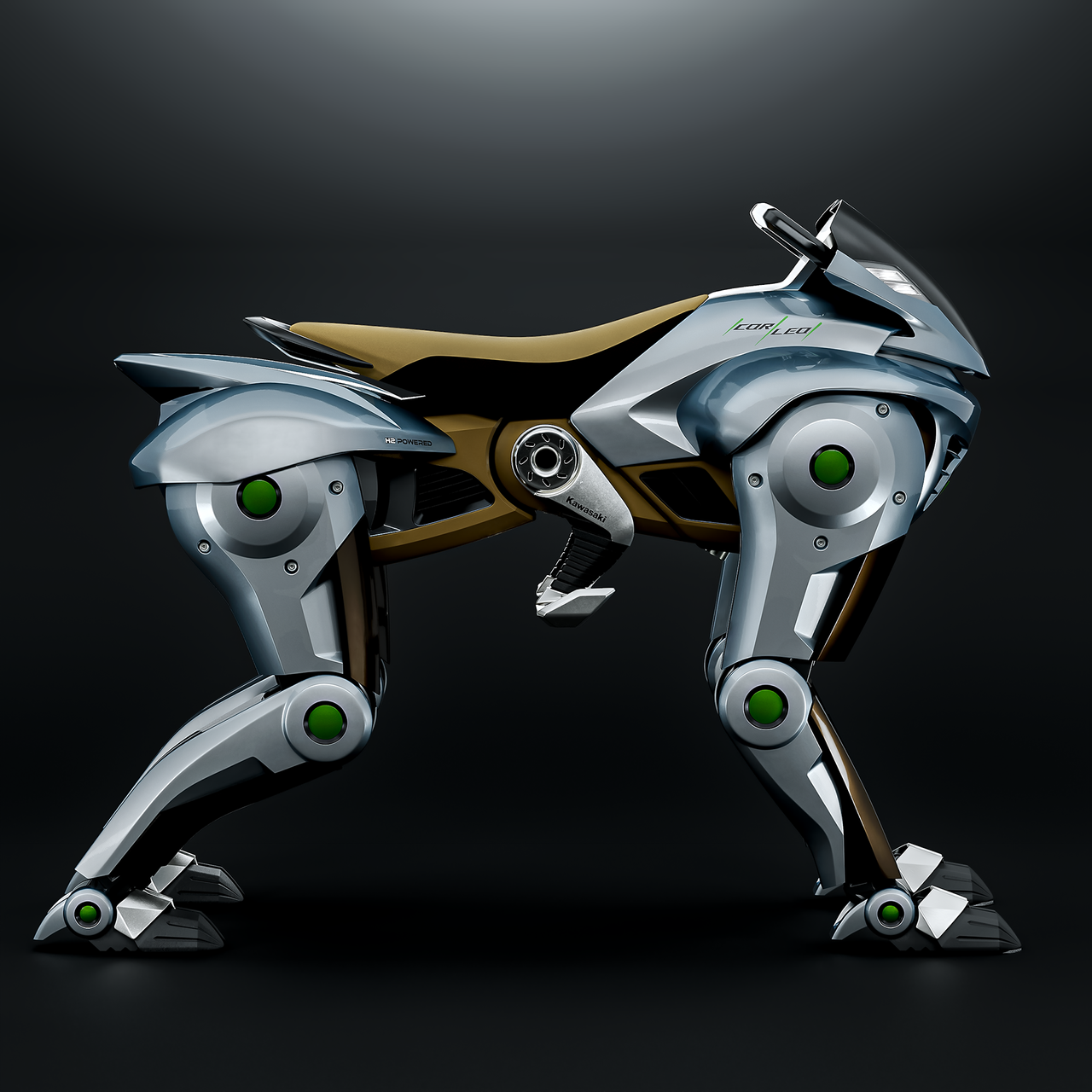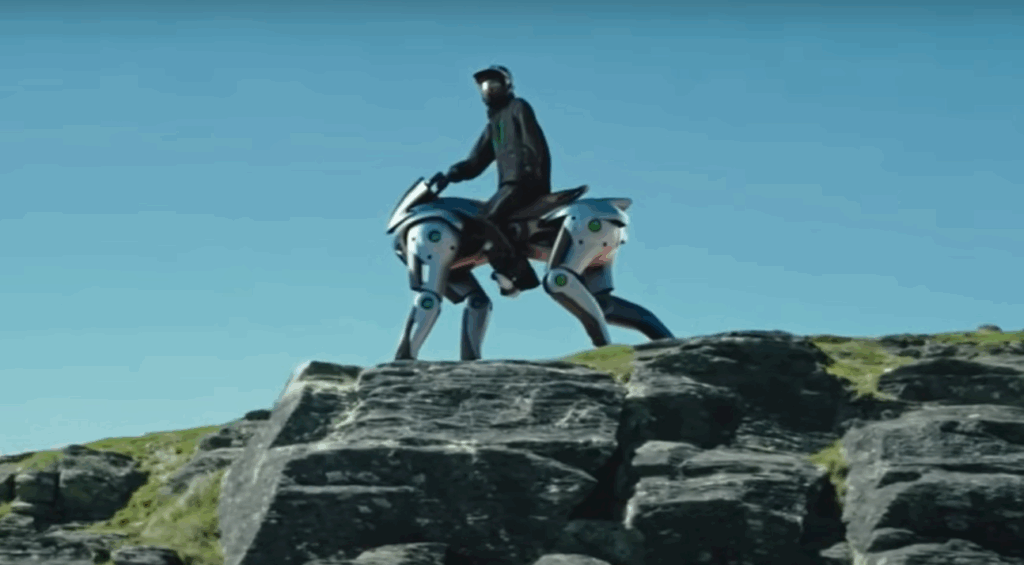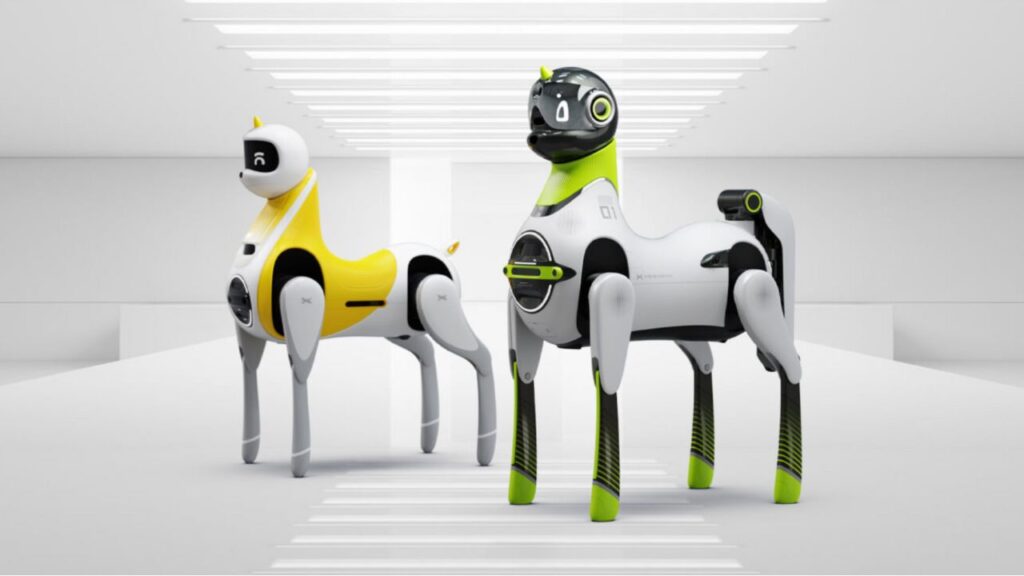Forget everything you thought you knew about motorcycles. Kawasaki has just unveiled a mechanical marvel that’s redefining the very concept of transportation: CORLEO, a robotic horse powered by hydrogen fuel and artificial intelligence. And it’s a glimpse into a future where sustainable energy and robotics converge in a truly astonishing way.

CORLEO Rides on AI and Hydrogen
At the recent Osaka-Kansai Expo, Kawasaki showcased CORLEO – a four-legged, hydrogen-powered robot designed to mimic the movement of a horse. This isn’t just a novelty; it’s a serious exploration of how AI and clean energy can revolutionize mobility.
CORLEO’s 150 cubic-centimeter engine runs on hydrogen, producing only water as a byproduct – aligning perfectly with Japan’s growing national interest in reducing carbon emissions through next-generation energy. Dr. Shinji Watanabe from Kawasaki’s Advanced Robotics Division notes that this is still in its infancy, drawing inspiration from video games and military stallions.

Weight-Based Steering and a Natural Gait
Unlike traditional motorcycles, CORLEO doesn’t rely on two wheels or treads. Its four-limbed frame steps one foot at a time, guided by an artificial intelligence system that adapts to dips and rises in the path. The motion is reminiscent of large animals, though Kawasaki’s approach tries to merge mechanical precision with a natural gait. Bifurcated hooves with rubber pads help it tackle bumpy roads and even rocky hills. “The vehicle is beginner-friendly,” Kawasaki claims, hinting at a vehicle that moves according to body shifts instead of complicated controls.

Concept vs. Real-World Use – A Long Road Ahead
Currently, CORLEO mostly showed off its ability to stand and shift positions. The promise of galloping at high speed is still far off. The timeline for any large-scale production is unclear, though Kawasaki has said it hopes to see real-world use before 2050. The video teased at the event was computer-generated, so the actual leaps remain hypothetical.
Beyond the Show – A Glimpse of the Future
While CORLEO might seem like a futuristic showpiece, it hints at more serious robotic efforts across Japan, including cargo carriers and rescue machines that benefit from walking mechanisms. The capacity to navigate uneven terrain could be a game-changer in remote areas.

What’s Next for CORLEO?
Kawasaki isn’t alone in dreaming up a rideable animal-like robot. XPeng from China introduced smaller quadrupeds styled as a unicorn and a pony, though their designs target younger riders. For grown adults seeking a futuristic mount, hydrogen power brings more torque and range than many battery-based approaches.

A Bold Step Towards a Sustainable Future
While challenges remain – particularly around hydrogen infrastructure and the refinement of AI-driven controls – the unveiling of CORLEO represents a bold and exciting step towards a sustainable future. This isn’t just about creating a novel machine; it’s about pushing the boundaries of what’s possible when we combine clean energy with intelligent robotics.
Additional Details:
